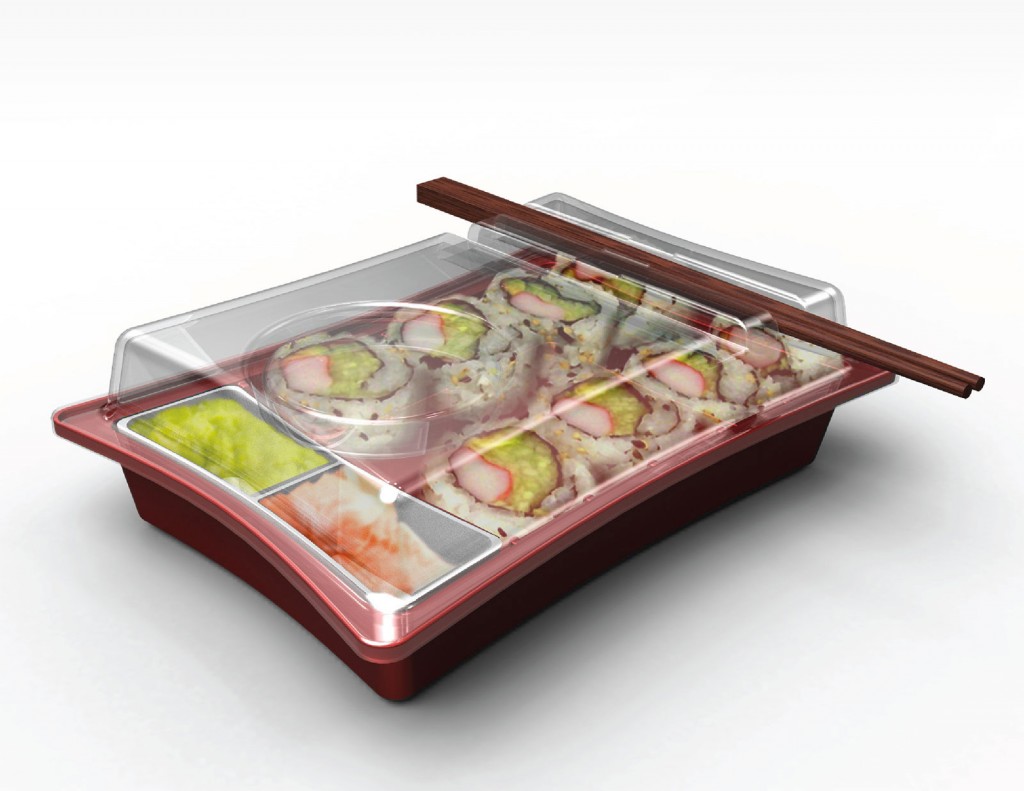The common image of Japanese food is that it is all healthy. However, as people living here know, Japanese cooking isn’t always healthy. Alongside greasy favorites like kushi-katsu and tempura, Japanese fast food brands such as Lotteria and Mos Burger have been successfully running since the 1970s. As Japanese businesspeople are a busy lot, it perhaps not that surprising that takeouts are successful in Japan.
While the influence of overseas giants like KFC and McDonald’s can be seen in Japanese fast food restaurants, they remain unmistakably Japanese. When you enter the store, expect to be greeted with the usual politenesses such as いらっしゃいませ or ご注文は? (May I take your order?). Notice the ご in front of 注文 which is used to make the sentence more formal.
A similar use of politeness can be seen in the questions 店内でお召し上がりですか? (Will you be eating in?) or お持ち帰りですか? (Would you like to order this takeout?).
Similar to the ご in the previous example, these sentences have an お before their verbs that convert these verbs into their formal forms. To make it especially polite the word 召し上がる is also used which is a formal word similar in meaning to 食べる (To eat).
When you reply, there is no need to include the honorifics. 店内で and 持ち帰りで are sufficient as replies. Much like the restaurants themselves, the American influence is clear as the word takeout (テイクアウト) is often used in place of 持ち帰りで.

Another influence from Western business is offering the customer something extra. However, being Japanese the staff will, of course, add polite words to the sentence. Japanese people have been trained to add お飲み物はいかがですか (Would you like a drink?) and デザートはいかがですか (Would you like a dessert?) to any request.
To order your food, you can use the counters 一つ (ひとつ one thing), 二つ (ふたつ two things) etc. for the amounts of each food that you want. So to order one cheeseburger, you would say チーズバーガーを一つお願いします. To order two portions of French fries you would say ポテトをふたつお願いします.
The sizes of food may be either Japanese or English words depending on the restaurant. These days, most stores use the Western sizes, divided into ミニ (Mini), エス (S-size) エム (M-size) andエル (L-size). If they are written in Japanese, the sizes may be written as 小 for small, 中 or sometimes 並 for medium, and 大 for large.
If the big size isn’t enough, you can request an especially big portion by using 大盛り. This can be increased to 特盛り (Especially big) if you are really hungry. A fascinating one that can be seen at certain stores is the 1.5盛り which translates as a 1.5 serving.
After ordering your food, you may be asked この ままで よろしい ですか (Is it ok as it is now?) which is a common way to indirectly ask if the customer wants a bag. The meaning of まま in this sentence is the ‘way the thing is now’, so the speaker is implying that they expect you don’t need a bag. Of course, you may just hear the far more simple and direct 袋に お入れしますか (Shall I put it in a bag for you?).
From here it is a simple matter of the staff adding up your order and telling you how much it will cost. お会計合わせまして1200円です (That comes to 1200 yen) is a typical way to say this. After you give the staff your money, they will then give you your change: 800円のお返しです (Here is 800 yen change).






This site is protected by reCAPTCHA - Privacy Policy - Terms of Service
When you are asked 何名様ですか do you answer saying 2名ですor 二人です?
I always said the latter. The former would sound odd coming from the customer.
Japanese McDonalds= Burgers that look like the picture. Magic.